
Analyse de génome pour l'amélioration des plantes
| A l’horizon 2050, l’agriculture devra nourrir plus de 9 milliards de terriens alors que dans le même laps de temps le changement climatique et la réduction des surfaces cultivables se poursuivront. L’une des solutions qui permettront de faire face à ce défi historique, est l’utilisation de nouvelles variétés de plantes, à la fois plus productives et plus respectueuses de l’environnement. Pour pouvoir les développer il faut identifier au sein des variétés actuelles, cultivées mais également sauvages, les caractères d’intérêts (rendement, résistances aux maladies et aux événements climatiques extrêmes) et découvrir les gènes et les mécanismes moléculaires qui les gouvernent. Ce travail requiert la combinaison des nombreuses approches telles que le génotypage, la génétique, la biologie moléculaire. Au cœur de cette recherche pluridisciplinaire, le CNRGV offre l’accès aux ressources génomiques et propose son expertise aux acteurs de la recherche publique comme aux entreprises privées. Le CNRGV s’implique dans des projets de toutes dimensions depuis l’identification d’un gène d’intérêt jusqu’au séquençage d’un génome complet. Ces projets peuvent se baser sur des ressources génomiques déjà existantes ou inclure la création de ressources originales. |
|
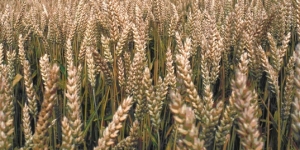
Breedwheat : Developing new wheat varieties for sustainable agriculture
Developing new wheat varieties for sustainable agriculture.
Voir plus

SUNRISE : SUNflower Resources to Improve yield Stability in a changing Environment
Project funded in the frame of "Investments for the future"
Voir plus
« Du génome au champ : ressources et outils innovants du CNRGV »
| « Du génome au champ : ressources et outils innovants du CNRGV » |
|
Voir plus
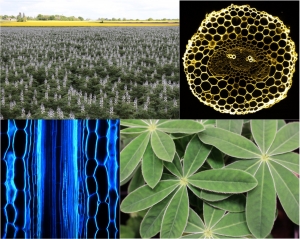
ERC LUPIN ROOTS : Unravelling cluster root development in white lupin
Plants exhibit a high level of developmental plasticity that is controlled by a complex combination of perception, integration and response. In opposition to animals, where developmental patterns are highly conserved, plant organs are produced as a response to environmental stimuli. Understanding the molecular mechanisms involved in how plants perceive and respond to these stimuli is of key importance and may lead to future application in the agronomic field. One of the most striking developmental adaptations are cluster roots from White Lupin (Lupinus albus)...
Voir plus

CATCH My Interest : capture of large genomic regions of interest
The CATCHMI project aims at developing a new approach to capture specific genomic regions of interest.
Voir plus
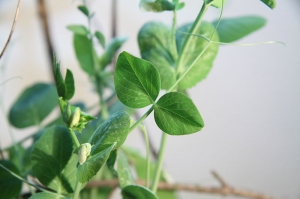
FINAPEA : Fine mapping and candidate genes at a major resistance QTL to Aphanomyces euteiches in pea
FINAPEA : The project will be associated to the federative PeaMUST national Investments for the Future Consortium.
Voir plus

Pyramiding strategy for durable resistance to root-knot nematodes in Prunus Rootstocks
Root-knot nematodes (RKN) (Meloidogyne spp.) are extremely polyphagous pests with a high economic impact at the global scale. In stone fruit trees, three major dominant resistance (R) genes, Ma (plum),RMia (peach) and RMja (almond), have been identified and mapped in this objective. Pyramiding all three R genes opens the way to breeding rootstocks protected by at least two of them for a durable resistance...
Voir plus

Identifying sequences associated with virus tolerance in cassava
Geminiviruses represent an important threat to crop production and food security as they are the causal agents of viral diseases in tropical and temperate staple crops. Understanding natural host resistance opens new perspectives to reduce the negative impact of viral diseases on crop production...
Voir plus

Controling Recombination rate for pOlyploid Crop improvement (CROC)
Controling Recombination rate for pOlyploid Crop improvement (CROC)
Voir plus

AMAIZING
AMAIZING aims at the development of innovative breakthrough in breeding methods and agricultural practices for the production of high yielding crop varieties with improved environmental values. It relies on a large partnership between the key players of maize economy in France and in particular a strong private partnership unique to date in the history of maize research in France.
Voir plus
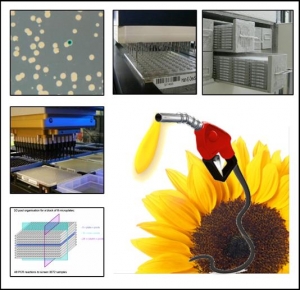
SUNYFUEL : Améliorer la qualité et les rendements de production du tournesol pour les biocarburants par des approches concertées de génétique et génomique
Améliorer la qualité et les rendements de production du tournesol pour les biocarburants par des approches concertées de génétique et génomique
Voir plus
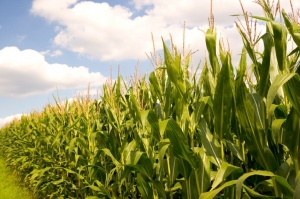
ZeaWall : Vers l'identification de déterminants génétiques contrôlant la dégradabilité de la paroi secondaire lignifiée chez le maïs.
ZeaWall : Vers l'identification de déterminants génétiques contrôlant la dégradabilité de la paroi secondaire lignifiée chez le maïs
Voir plus
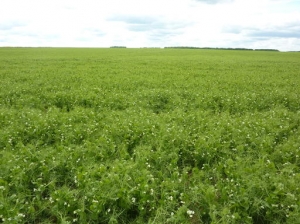
Pea MUlti-STress adaptation and biological regulations for yield improvement and stability
Project funded in the frame of "Investments for the future"
Voir plus
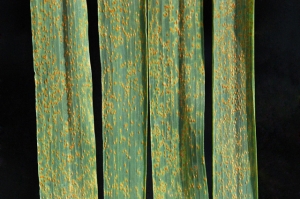
Identification of the genomic region responsible for the resistance to the leaf rust in the weat variety Sinvalocho MA using non gridded BAC library.
Identification of the genomic region responsible for the resistance to the leaf rust in the weat variety Sinvalocho MA using non gridded BAC library.
Voir plus
Positional cloning of the SrWLR locus involved in the wheat stem rust resistance
The project is developed in collaboration with the laboratory of Dr Maricellis Acevedo (North Dakota State University) as part of Jason Zurn PhD thesis.
The project's objective is to characterize the SrWLR locus, responsible for stem rust resistance in wheat.
Voir plus
Functional genomics of the wheat-Fusarium interaction
Functional genomics of the wheat-Fusarium interaction
Voir plus
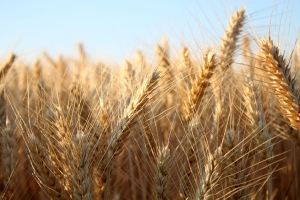
Towards the positional cloning of 4HL stripe rust resistance quantitative trait loci in barley. Development of a BAC library
Collaboration with the University of Lima in Peru in order to construct a Barley BAC library.
Voir plus

Ger4 locus characterization in 8 barley varieties and it relation with powdery mildew resistance
Ger4 locus characterization in 8 barley varieties and it relation with powdery mildew resistance
Voir plus

Genetic Study of Barley Germplasm and Analysis of Segregating Generations of Cultivated and Wild Barley Crosses Under Drought Stress Conditions
Genetic Study of Barley Germplasm and Analysis of Segregating Generations of Cultivated and Wild Barley Crosses Under Drought Stress Conditions
Voir plus
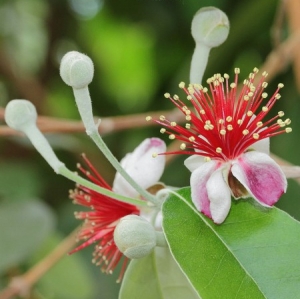
Terra incognita : exploring Acca sellowiana genome
Acca sellowiana (Myrtaceae), known as feijoa or pineapple guava, is a diploid, (2n=2x=22) outcrossing fruit tree species native to Uruguay and Brazil. The species stands out for its highly aromatic fruits, with nutraceutical and therapeutic value. Despite a short history of (documented) domestication/breeding, feijoa is cultivated as a promising crop in several countries worldwide.
Voir plus
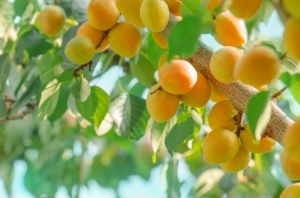
Comparative genomics of Armeniaca (apricot) species
Sustainable fruit production relies on the introduction of genetic resistance to diseases and pests from wild populations into the cultivated germplasm....
Voir plus
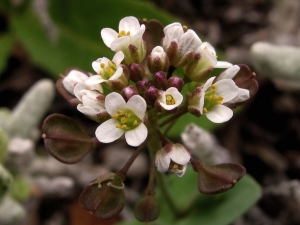
Genomic analyses reveal of self-incompatibility in Capsella
This project aims at characterizing the genetic basis and timing of loss of SI in the self-fertilizing crucifer species Capsella orientalis using complementary approaches (long read sequencing of multiple full-length S-haplotypes, genetic mapping, population genomics and expression analyses).
Voir plus

Analysis of WRKY and ERF genes potentially Involved in salt stress responses in Triticum turgidum L. ssp. durum.
WRKY transcription factors are involved in multiple aspects of plant growth, development and responses to biotic stresses. Although they have been found to play roles in regulating plant responses to environmental stresses, these roles still need to be explored, especially those pertaining to crops. Durum wheat is the second most widely produced cereal in the world. Complex, large and unsequenced genomes, in addition to a lack of genomic resources, hinder the molecular characterization of tolerance mechanisms. This project aims at characterizing TdWRKY genes from durum wheat (Triticum turgidum L. ssp. durum).
Voir plus
GenoPheno: Genomics of phenology in the pine processionary moth
This project aims at developing population genomics approaches to identify loci potentially linked to the evolution of phenology in the pine processionary moth Thaumetopoea pityocampa...
Voir plus
EXOTIC: EXperimentally Orientated genomics to Tackle Insects’ adaptive Challenges during bioinvasions: the ladybird Harmonia axyridis as a model species
The objective of this project is to decipher the adaptive changes observed at various traits that occurred during the invasion of the harlequin ladybird (Harmonia axyridis), through the close integration of population genomics with experimental studies...
Voir plus
Identification and sequencing of the asparagine synthetase genes in Durum Wheat
Identification and sequencing of the asparagine synthetase genes in Durum Wheat
Voir plus

Allonger la période de production par le contrôle de l'initiation florale chez le fraisier
Projet en collaboration avec l'Unité de Recherche sur les Espèces Frutières (UREF) de l'INRA de Bordeaux.
Voir plus
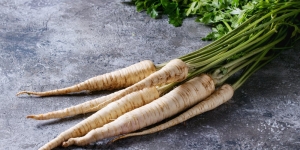
Identification et caractérisation enzymatique des chainons moléculaires manquant dans la voie de biosynthèse des furocoumarines chez le panais (Pastinaca sativa)
Projet en collaboration avec le laboratoire Agronomie et Environnement de Vandoeuvre.
Voir plus

Identification of allelic copies of loci that control traits of economic importance and analysis of its variation between hom(e)ologous chromosomes in sugarcane (Saccharum spp.)
Identification of allelic copies of loci that control traits of economic importance and analysis of its variation between hom(e)ologous chromosomes in sugarcane (Saccharum spp.)
Voir plus
Towards the understanding of the mechanisms involved in frost tolerance in pea.
Towards the understanding of the mechanisms involved in frost tolerance in pea.
Voir plus

Screening the R570 sugarcane BAC library to identify BAC clones that underlie QTL of agronomic importance
In the last five years a consortium of scientists from a number of countries including Australia have grouped together to form the Sugarcane Genome Sequencing Initiative (SUGESI). The goal of this consortium is to generate a combined monoploid genom e sequence of sugarcane.
Voir plus
Isolation of SH3 coffee tree gene(s) conferring the resistance to leaf rust using a non gridded BAC library strategy.
Isolation of SH3 coffee tree gene(s) conferring the resistance to leaf rust using a non gridded BAC library strategy.
Voir plus

Construction of a BAC library of the tetraploid species T. dicoccoides
Collaboration with the Institute of Cytology and Genetics of Novosibirsk in Russia in order to construct a BAC library of the tetraploid species T. dicoccoides.
Voir plus
Screening of wheat genomic BAC libraries with specific primers for the TdDRF1 (Triticum durum Dehydration responsive Factor 1) gene
Drought is one of the most severe abiotic stresses limiting crop productivity and our understanding, at the molecular level, of crop response to water stress is further increasing.
Voir plus
Eucalyptus BAC libraries as tools to identify and characterize genomic sequences involved in wood formation
Des banques BAC d’Eucalyptus pour l’identification et la caractérisation de régions génomiques impliquées dans la formation du bois
Voir plus
Cartographie génétique et physique du locus S chez la chicorée (Asteraceae)
Thèse en collaboration avec l'université de Lille.
Voir plus
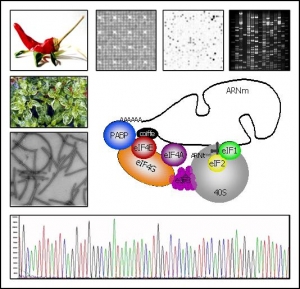
Pepper family eIF4E
Criblage de la banque BAC piment pour isoler l’ensemble des gènes de la famille eIF4E
Voir plus
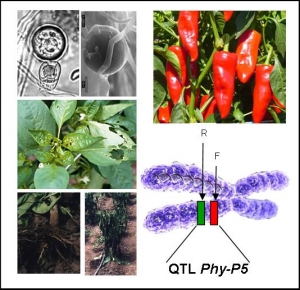
PHYTOSOL-2
Validation fonctionnelle de gènes candidats pour un QTL à spectre large agissant sur la résistance aux Phytophthora chez les Solanacées
Voir plus



